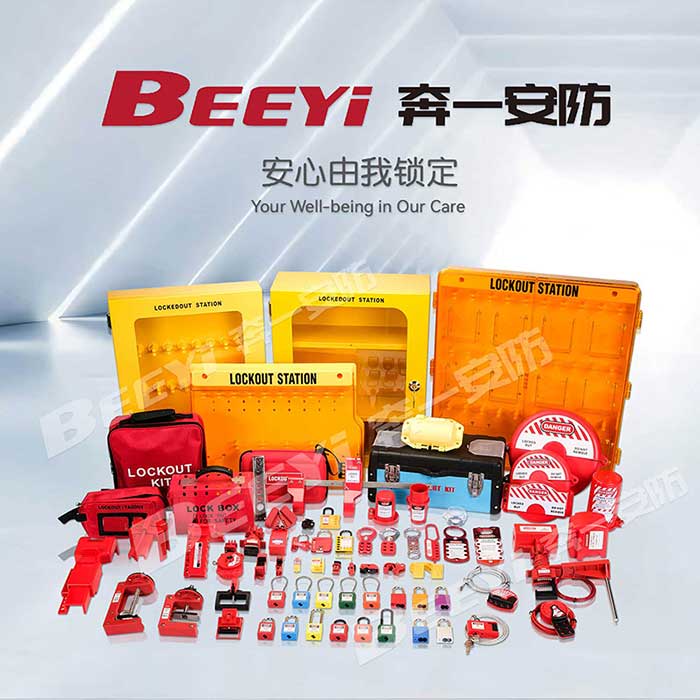Lockout/Tagout (LOTO) is a critical safety protocol used across various industries to ensure that machinery and equipment are properly de-energized and cannot be accidentally started during maintenance or repair. A LOTO valve plays a crucial role in this system, acting as a safety device that locks valves in place to prevent the accidental release of hazardous energy. In this article, we will explore the significance of LOTO valve systems, their applications, and how they contribute to the safety of workers in industrial environments.

What is a LOTO Valve? A LOTO valve is a mechanical device used to lock a valve in a closed or safe position during maintenance, repair, or service operations. When a machine or equipment is being worked on, the LOTO valve ensures that energy sources, such as electricity, gas, or steam, cannot flow through the system and pose a risk to workers. The valve is locked in place by a physical lock or has a tag attached to it to indicate that the equipment is under maintenance. This prevents unauthorized personnel from operating the valve, reducing the chance of accidents. The LOTO system consists of two main components: the lockout and the tagout. The lockout is a physical device that prevents the valve from being operated, while the tagout is a visible warning sign that alerts others that the equipment is being serviced and should not be touched. When used together, the lockout and tagout ensure that no one can mistakenly start the machine or release hazardous materials.